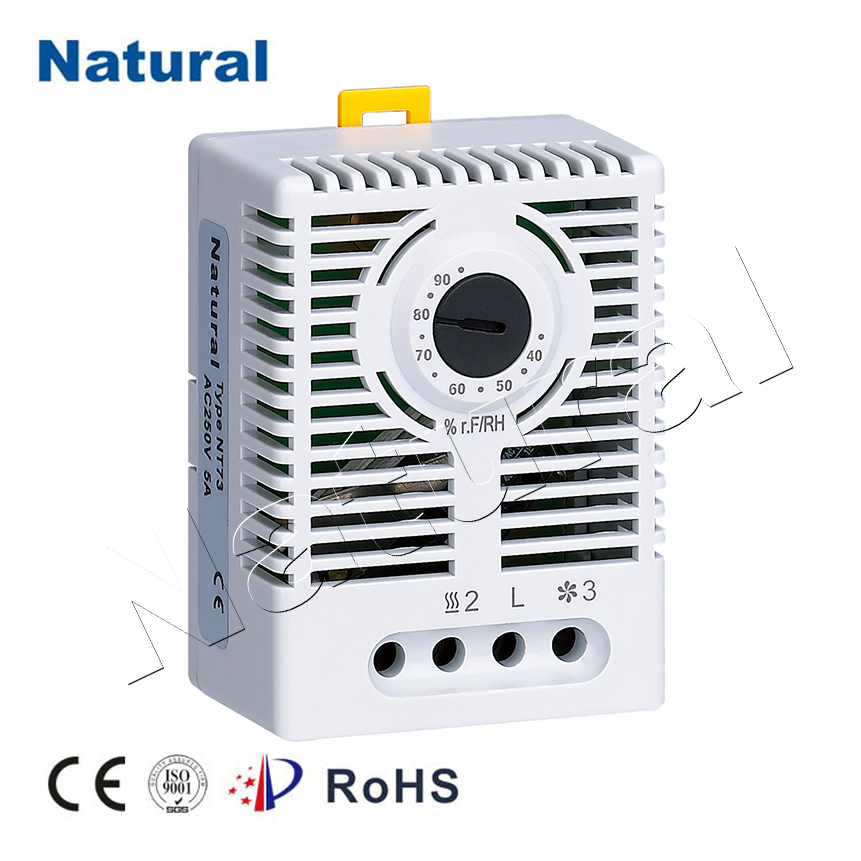文章正文:

In today’s modern world, temperature control is a crucial aspect of our daily lives. Whether it’s maintaining a comfortable climate in our homes, ensuring the optimal performance of industrial machinery, or safeguarding the temperature-sensitive components in a laboratory, precise temperature regulation is essential. One technology that plays a pivotal role in achieving this precision is the hysteresis thermostat. What is a Hysteresis Thermostat? A hysteresis thermostat, often referred to as a differential thermostat or a thermostat with hysteresis, is a device designed to control temperature by using a unique and effective method. Unlike conventional thermostats that activate heating or cooling systems at a specific setpoint, hysteresis thermostats work by maintaining a temperature range within which the controlled environment can fluctuate before triggering the heating or cooling mechanism. The Principle Behind Hysteresis The term “hysteresis” comes from the Greek word “hysterein,” which means “to lag behind.” In the context of temperature control, hysteresis refers to the delay or lag in response to temperature changes. Hysteresis thermostats use this principle to provide a stable and energy-efficient means of temperature regulation. How Does It Work? Hysteresis thermostats have two setpoints: one for turning the heating or cooling system on and another for turning it off. The temperature range between these two setpoints is called the hysteresis band. When the temperature falls below the lower setpoint, the heating system (or cooling system, depending on the application) is activated. The system remains active until the temperature rises above the upper setpoint, at which point it is turned off. This hysteresis band prevents rapid and frequent cycling of the heating or cooling system, reducing wear and tear on the equipment and conserving energy. Conventional thermostats, on the other hand, often switch on and off repeatedly in quick succession, which can be less efficient and cause unnecessary stress on the equipment. Benefits of Hysteresis Thermostats Energy Efficiency: Hysteresis thermostats are known for their energy efficiency because they minimize the number of heating or cooling system activations. This results in reduced energy consumption and lower utility bills. Equipment Protection: The gradual temperature control provided by hysteresis thermostats helps protect heating and cooling equipment from excessive wear and extends their lifespan. Stability: The controlled temperature range within the hysteresis band ensures a stable environment, which is particularly important for applications where temperature fluctuations can be detrimental. Precision: Hysteresis thermostats offer precise temperature control, making them ideal for applications that require strict temperature management, such as scientific experiments and industrial processes. Noise Reduction: The reduced cycling of equipment often leads to quieter operation, which can be advantageous in residential and commercial settings. Applications of Hysteresis Thermostats Hysteresis thermostats find applications in various industries, including: Home HVAC Systems: They help maintain consistent indoor temperatures while optimizing energy consumption. Industrial Processes: Industries rely on hysteresis thermostats to control the temperature of machinery and materials during manufacturing. Laboratories: Hysteresis thermostats are crucial in scientific research and laboratory settings where precise and stable temperatures are essential. Refrigeration: These thermostats play a vital role in keeping refrigeration units within the desired temperature range. Greenhouses: Hysteresis thermostats help control the climate in greenhouses to support optimal plant growth. Conclusion Hysteresis thermostats are a remarkable technology that enhances temperature control by reducing energy consumption, prolonging equipment life, and ensuring stability. Their applications span across a wide range of industries, making them an indispensable tool in today’s world. Understanding the principles and benefits of hysteresis thermostats is crucial for anyone seeking precise and efficient temperature regulation solutions.